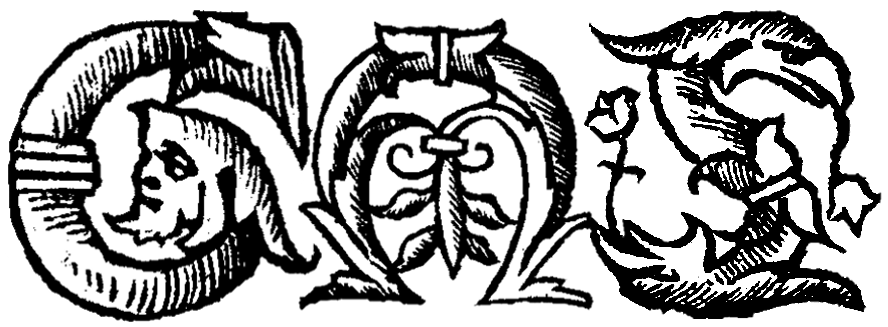About Us
The Global Medieval Sourcebook (GMS) is an open access teaching and research tool. It offers a flexible online display for the parallel viewing of medieval texts in their original language and in new English translations, complemented by new introductory materials.
The GMS spans one thousand years (600-1600) of literary production around the world. It contains short texts of broad interdisciplinary interest in a variety of genres, almost all of which have not previously been translated into English.
For teachers, the project provides curated collections of medieval texts, which may be assigned as course reading or used in the classroom. For students, the project allows for an immersive engagement in medieval text culture and the possibility to practice translation and transcription skills through the selective display of text and image modules. For researchers, all texts in the compendium are downloadable as TEI-XML files to allow for computational or other analysis.
The GMS was made possible by funding from the Roberta Bowman Denning Fund for Humanities and Technologies and funding and support from Stanford’s Center for Spatial and Textual Analysis (CESTA). In 2018, we receive an Advancement (Level II) Grant from the Office of Digital Humanities (ODH) at the National Endowment for the Humanities (NEH).
The transcriptions, translations, and commentaries in the GMS are produced and reviewed by scholars of medieval studies. From 2016-2021, the GMS operated a submissions-based model, but the project is now transitioning into a static exhibition of our material.
Texts
The GMS seeks to make available a broad, and representative variety of texts along with information to help users situate these texts in a wider global literary and cultural context. By presenting curated texts from a panoply of medieval cultures, the GMS seeks to help scholars and students broaden their understanding of medieval culture.
Groups of texts have been selected with an eye to thematic, generic or linguistic units. We will continue to develop and expand these collections according to traditional and emerging teaching and research areas. Topics for collections are proposed by team members and external scholars, and approved by the Primary Investigator and General Editor.
How to Use the GMS
For each text in the compendium, the GMS offers a brief introduction, a transcription from a manuscript, incunabulum or modern edition of the premodern source, and a new English translation. Users can choose to display transcriptions, translations, and critical notes in whichever combination and positioning they prefer. We hope that this will facilitate use of the site for translation practice.
The introduction to each text is written by a researcher in the field and aims to be scholarly yet accessible, providing a commentary on the text's cultural context and transmission history as well as its content and the scholarly conversation around it. We provide brief bibliographies as a starting point to further research. In order to reach non-specialists we have focused our selected bibliographies on English-language literature. In many cases, however, the majority of scholarship on the texts featured in the GMS is not in English. We have not attempted to cover or synthesize this scholarship comprehensively.
Texts may be filtered by genre, author, period, language, and keyword, to allow users to both find specific material and browse areas of interest to discover new material.
Technology
The GMS uses open source software that has been customized for the project’s purposes. The main web page where users can browse texts, read about the project, and send submissions, uses the Drupal Content Management System. The reading environment uses Versioning Machine, “a framework and an interface for displaying multiple versions of text encoded according to the Text Encoding Initiative (TEI) Guidelines.” Our team has developed a custom Drupal module that allows texts uploaded to Drupal to work in Versioning Machine. We have also modified Versioning Machine to support a greater range of the TEI guidelines. All software used in the GMS is freely available in our Github repository.
Accuracy
Transcriptions and translations published by The Global Medieval Sourcebook are vetted for accuracy by our editorial team, and many translations have undergone peer review. However, errors in translation or typographical errors are possible. If you spot an error please report it to us.
